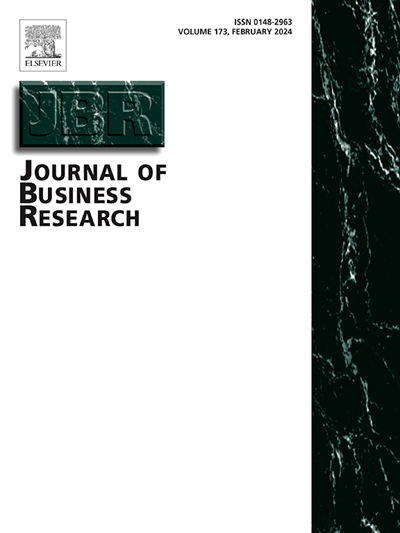从视觉到价值:利用生成式人工智能探索电影海报的经济含义
IF 10.5
1区 管理学
Q1 BUSINESS
引用次数: 0
摘要
本研究利用生成式人工智能,对电影行业中视觉元素对消费者行为的影响进行了新颖的探索。通过运用期望违背理论,本研究考察了电影海报(一种关键的视觉广告工具)所暗示的情绪和语气与电影实际内容的对比,揭示了对消费者决策的重大影响。本研究通过生成式人工智能和回归模型分析对电影海报进行特征提取,证明电影海报所暗示的与观众期望的偏差对票房表现有正向影响。然而,这种影响取决于电影是由主要工作室还是非主要工作室制作的,主要工作室的作品从情绪和语气一致性中获益更多。本研究通过强调视觉线索在电影海报中的作用,扩展了现有文献,并为电影营销人员利用违反预期来提高观众参与度和票房表现提供了实际见解。本文章由计算机程序翻译,如有差异,请以英文原文为准。
From visuals to value: leveraging generative AI to explore the economic implications of movie poster
This study introduces a novel exploration into the impact of visual elements on consumer behavior in the film industry, utilizing generative AI. By employing expectancy violations theory, this study examines how the mood and tone suggested by movie posters—a key visual advertising tool—contrast with the actual content of the films, revealing a significant influence on consumer decisions. Through feature extraction from movie posters using generative AI and regression model analysis, this study demonstrates that deviations from audience expectations, as suggested by movie posters, positively affect box office performance. However, this impact varies depending on whether the movie is produced by major or non-major studios, with major studio productions benefiting more from mood and tone congruence. This study extends existing literature by highlighting the role of visual cues in movie posters and offers practical insights for movie marketers using expectancy violations to enhance audience engagement and box office performance.
求助全文
通过发布文献求助,成功后即可免费获取论文全文。
去求助
来源期刊

Journal of Business Research
BUSINESS-
CiteScore
20.30
自引率
10.60%
发文量
956
期刊介绍:
The Journal of Business Research aims to publish research that is rigorous, relevant, and potentially impactful. It examines a wide variety of business decision contexts, processes, and activities, developing insights that are meaningful for theory, practice, and/or society at large. The research is intended to generate meaningful debates in academia and practice, that are thought provoking and have the potential to make a difference to conceptual thinking and/or practice. The Journal is published for a broad range of stakeholders, including scholars, researchers, executives, and policy makers. It aids the application of its research to practical situations and theoretical findings to the reality of the business world as well as to society. The Journal is abstracted and indexed in several databases, including Social Sciences Citation Index, ANBAR, Current Contents, Management Contents, Management Literature in Brief, PsycINFO, Information Service, RePEc, Academic Journal Guide, ABI/Inform, INSPEC, etc.
 求助内容:
求助内容: 应助结果提醒方式:
应助结果提醒方式:


